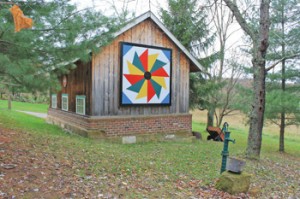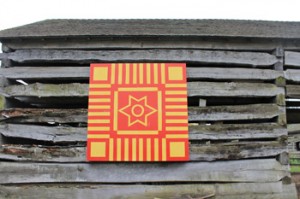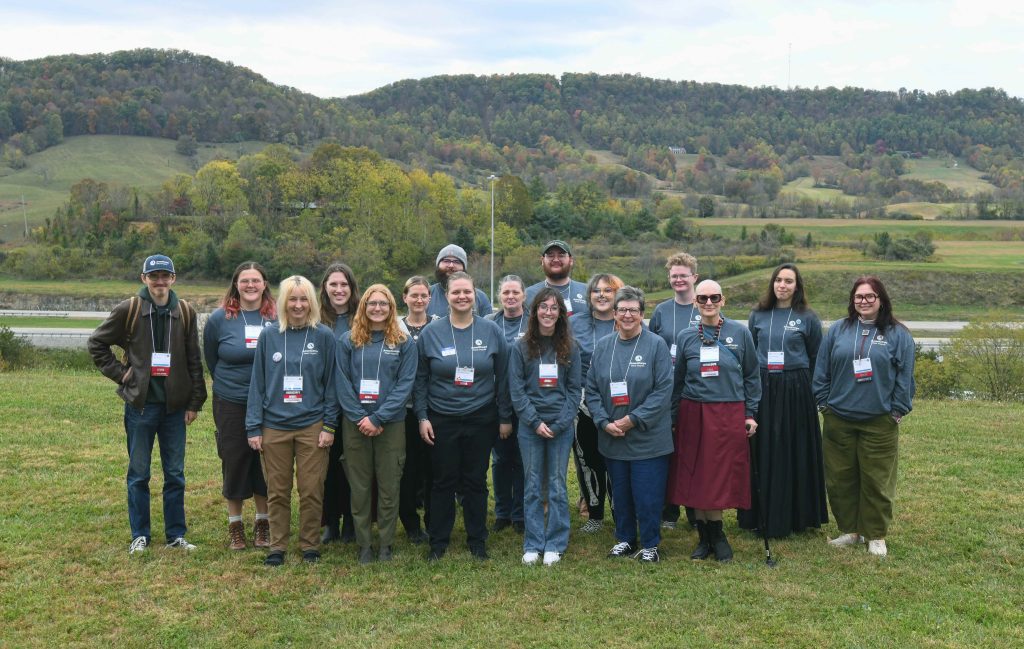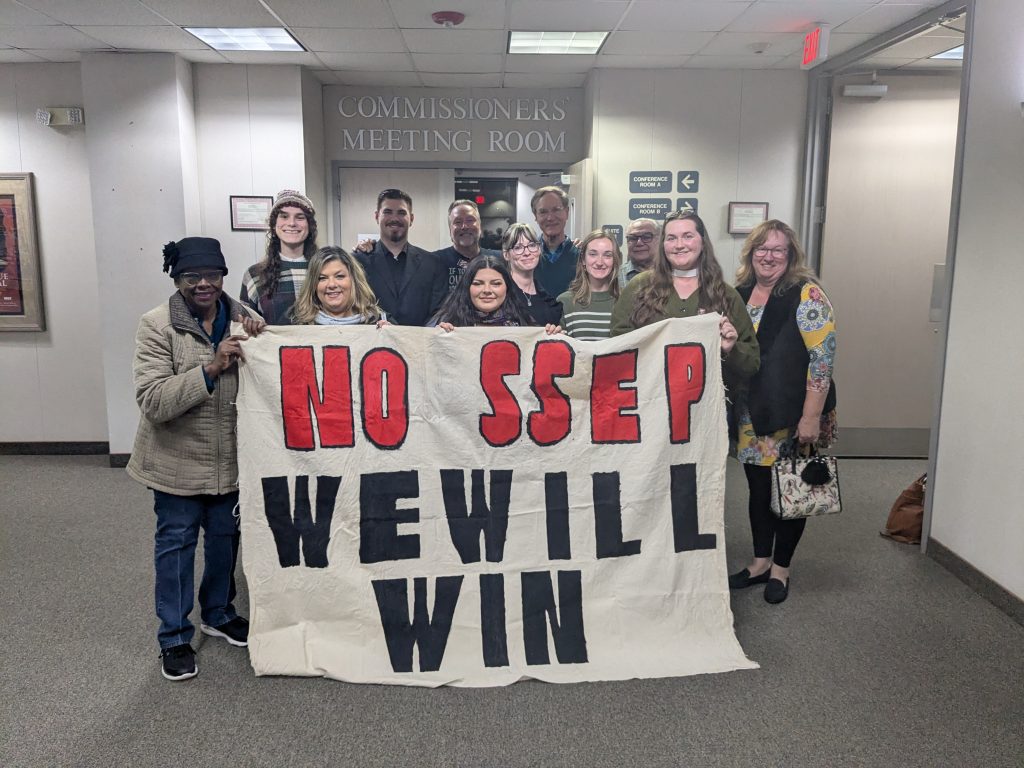Following the Patchwork Path
Quilt Trails Drive Rural Economic Revival
By Dana Kuhnline
Barn quilts, a relatively new art form that draws on rich rural craft traditions of the past, are helping communities answer an important economic question.
“How do we get travelers off the four-lane highways and into communities where they might never go otherwise? How do we lead them to cash registers and special community treasures?” asks Lindy Turner, an associate of the Appalachian Quilt Trail, a Tennessee-based organization promoting the colorful rural designs known as barn quilts.
Turner says that driving tours of barn quilts, known as quilt trails, encourage rural economic development that celebrates local heritage.
Barn quilts were created in 2001 in Adams County, Ohio, by Donna Sue Groves. Groves wanted to honor her mother, a noted quilter, and celebrate her family’s Appalachian heritage. What began as an idea for one barn quickly became a driving trail with 20 squares across Adams County, but the idea didn’t stop there. To date, Groves’ idea of “a clothesline of quilts” now stretches across 3,000 barns in 29 states.
The idea is simple: a quilt square is painted onto the side of a barn. In many communities, these beautiful barns are linked by trail guides and maps. One of the first priorities of these projects is to preserve and highlight local heritage skills, including barn building and, of course, quilting.
“There’s a lot of history in the quilt patterns themselves, a lot of them have been in the families for hundreds of years; it’s similar to a family crest,” explains Charis Endicott, an AmeriCorps VISTA member with the Appalachian Resource Conservation and Development Council’s quilt trail. “People who don’t know anything about quilting want to know more about the image and about the project. It gives an opportunity for cultural exchange, for the land owner to talk about their family history and to celebrate local history.”
In southeast Ohio, the Quilt Barn Trail in Athens County integrates traditional quilt squares with one-of-a-kind patterns such as the Star Brick Block square, which was based on a historic 1800s brick pattern that was produced in the area.
“About 70 percent of our squares are original, we find this lends that local touch to the quilt barn and tells a local story, just like a traditional quilt square does,” says Paige Allost of the Athens County Convention and Visitors Bureau. “The Nelsonville Coal Miners Block was chosen to be placed on a barn that is located right on the edge of former mining communities.”
Because many heritage Appalachian quilt blocks were inspired by everyday mountain life, quilts are especially suited to tell community stories and highlight local activities. Heritage quilt blocks are often chosen to attract tourists to current community landmarks by featuring designs such as Cabin Windows and Log Cabin blocks at cabin rental locations, the Turkey Tracks quilt block at an eco-tourism destination in Kyles Ford, Tenn. and the Crossed Canoe pattern at a river outfitter.
“In some cases people honor a family quilt, in [other] cases, it’s [the] pattern that has special meaning,” says Turner.
Ideally, barn quilts don’t just preserve local history, but also encourage new growth. “It is expensive and hard to remain on a farm these days,” says Turner. “We are honoring quilting and the beautiful art of barn [building], but we also need to lead people to spend money in the community. We are using a heritage art to create economic development in depressed areas, but in order for it to be a true rural economic development project, it needs to ring cash registers.”
The Dairy Barn Arts Center in Athens, Ohio, hosts Quilt National, a biannual quilt show attended by more than 15,000 people. The Dairy Barn itself has a quilt square displayed on each end. “Often this is one of the main starting points where people see the squares and then get hooked on the quilt trail. It gets people out to see the beautiful farms and barns on the back roads of Ohio,” says Allost.
Endicott at the Appalachian Resource Conservation and Development Council has seen the same thing happen in Tennessee. “We get calls from people all over the eastern United States, often on their way to Gatlinburg, Tenn., who want to stop and take pictures,” she says. “While they’re here, they enjoy local food and farms and support local craftspeople that would otherwise get less recognition.”
For more information, visit VacationAQT.com, QuiltTrail.org and AthensOhio.com

Leave a comment
Your email address will not be published. Required fields are marked *









Leave a Comment